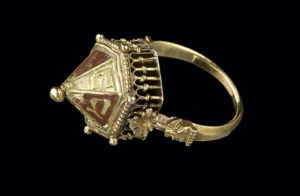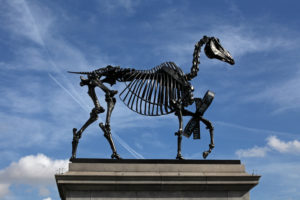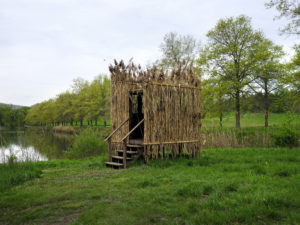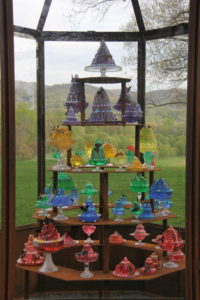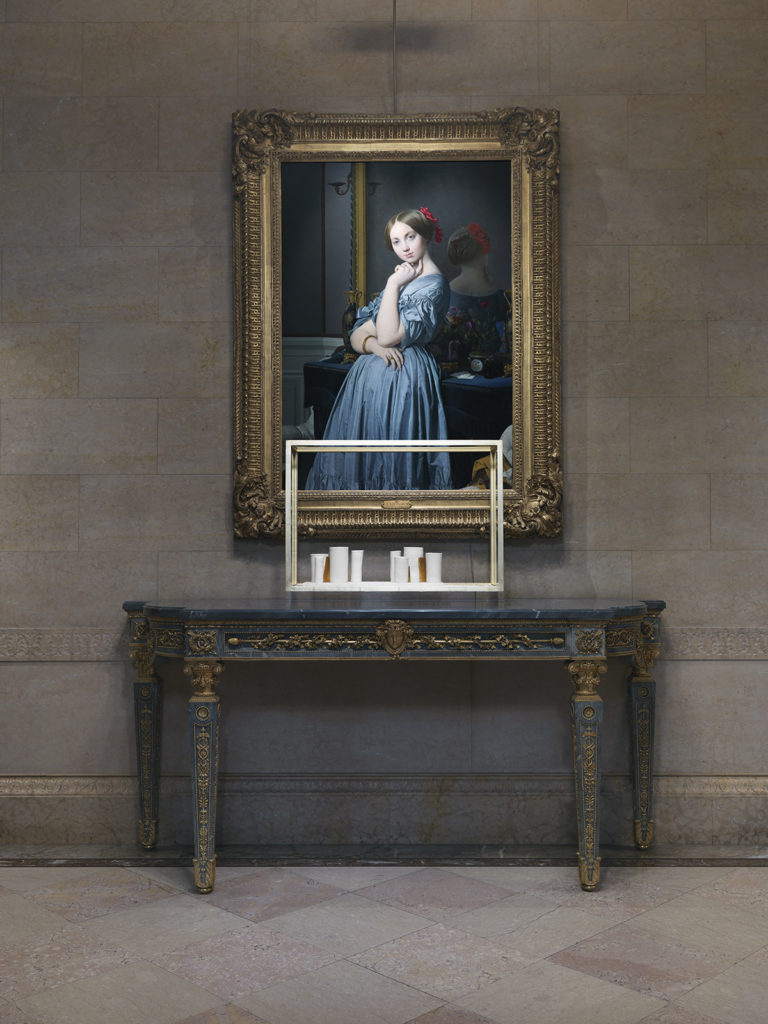Art in NYC: The Renaissance of Etching at the Met Museum
The Met Museum presents The Renaissance of Etching exhibition with works by Durer, Parmigianino, and Pieter Bruegel the Elder.
The exhibition is on view from October 23, 2019 – January 20, 2020
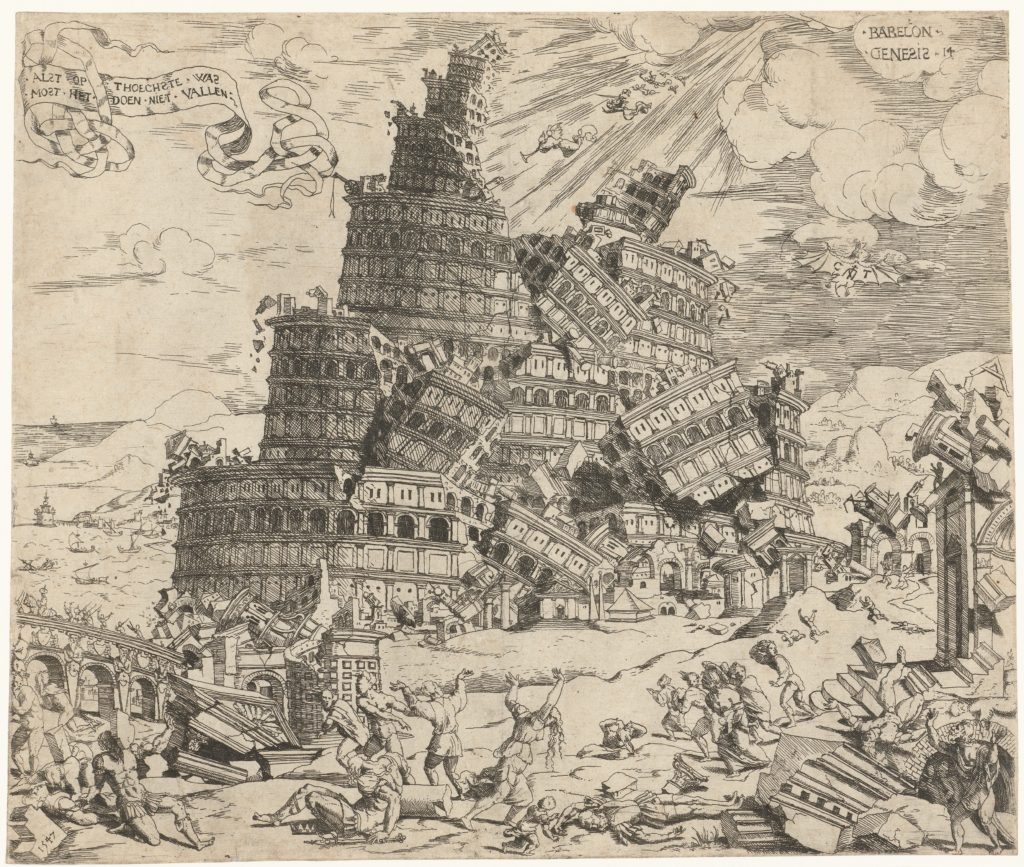
Organized by The Metropolitan Museum in New York City and The Albertina Museum in Vienna, Austria, The Renaissance of Etching exhibit delves into the discovery of the medium by an armor etcher in the late 15th century in Germany to its wide appropriation by the Renaissance artists all over Europe by the mid-16th century. An innovative approach to image printing flipped the old process of etching on its head. Before it was an expensive decoration on the metal armor worn by a few wealthy patrons, now the metal plate became a tool to produce print on paper. Once the process was fully developed, the medium got widely embraced by the artists as it made possible to produce large quantities of artwork relatively cheaply. Every artist working at that time period got involved in making the prints varying the colors and adding nuanced characteristics of the art schools and worldview.
The exhibition curators organized the works in chronological order starting from the German printmaker and armor decorator Daniel Hopfer who is credited with inventing the medium. He influenced Durer to start experimenting with the technique. Several of Durer’s phenomenal prints from The Albertina and other museums are included in the exhibition. Rapidly spreading across the continent, the art of etching was mastered in Italy by Parmigianino, the Renaissance artists in France, and later flourishing in the Netherlands where the printing shops employed the professional etchers to mass-produce the original drawings done by such masters as Lucas van Leyden, Peter Bruegel the Elder among many others.
There are about 125 artworks in the exhibition including the armor, etchings, drawings, metal plates, and engravings. It captures a fascinating time of rapid change in everything from the climate and weather patterns to technology, religious believes and a new societal order that swept the European continent from the mid-15th to mid-16th century. As the curators note, it may require a return visit to The Met to fully appreciate a vast gamut of visual information offered by the assembled collection.
Following its presentation at The Met until January 20, 2020, the exhibition will travel to the Albertina Museum on February 12 – May 10, 2020.
Stay in the know about future events and offers by subscribing to ARTS-NY newsletter Subscribe
